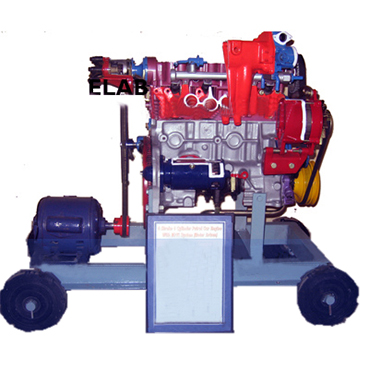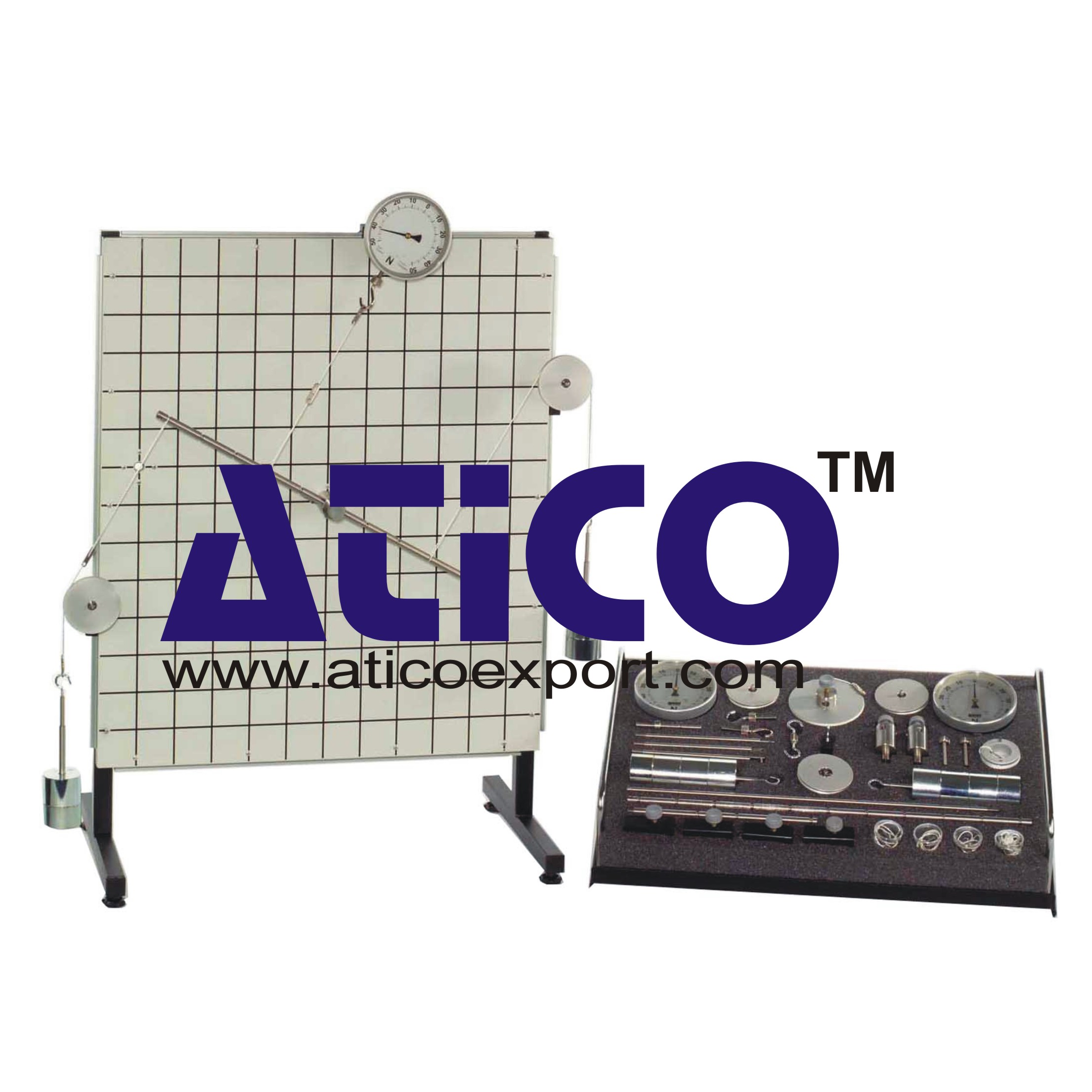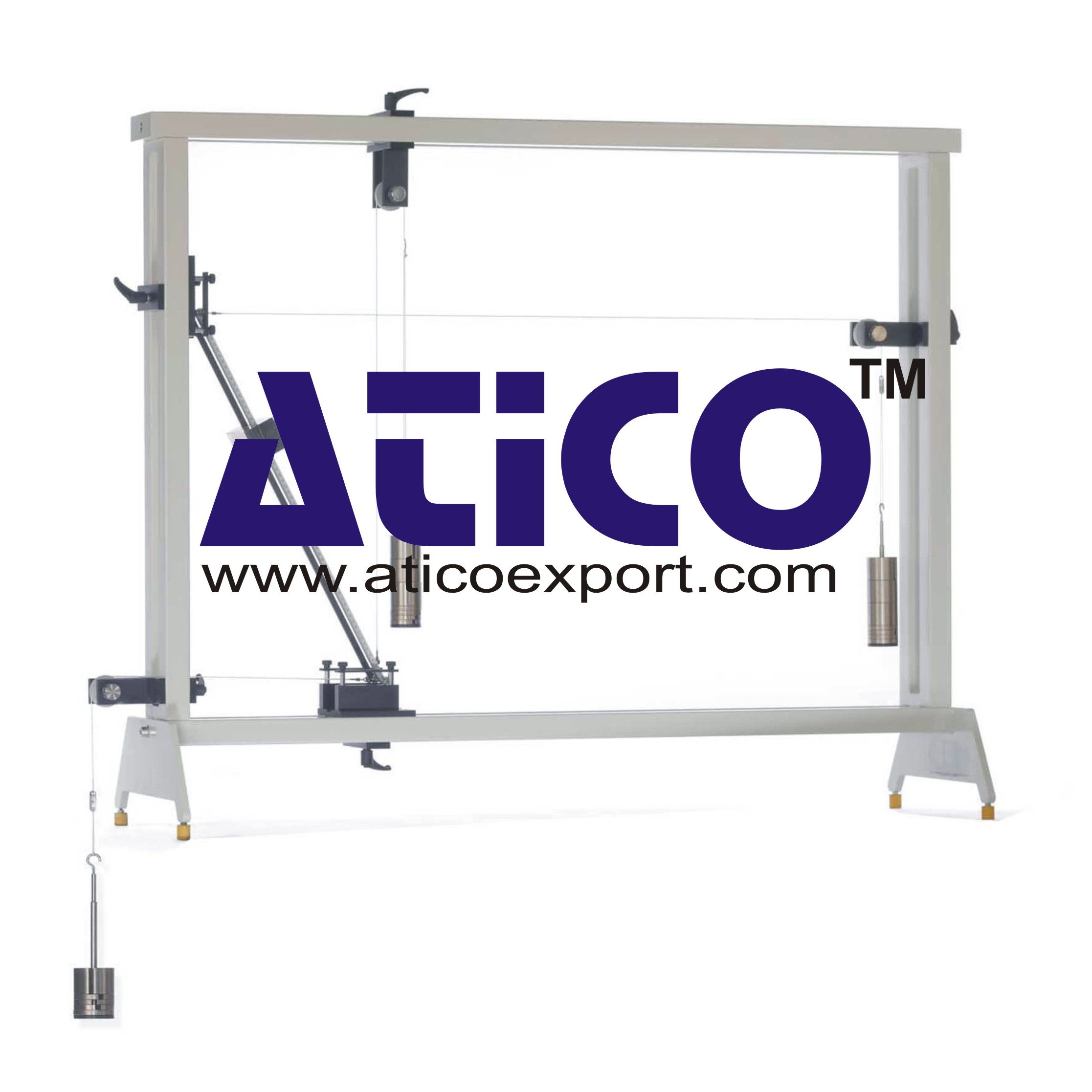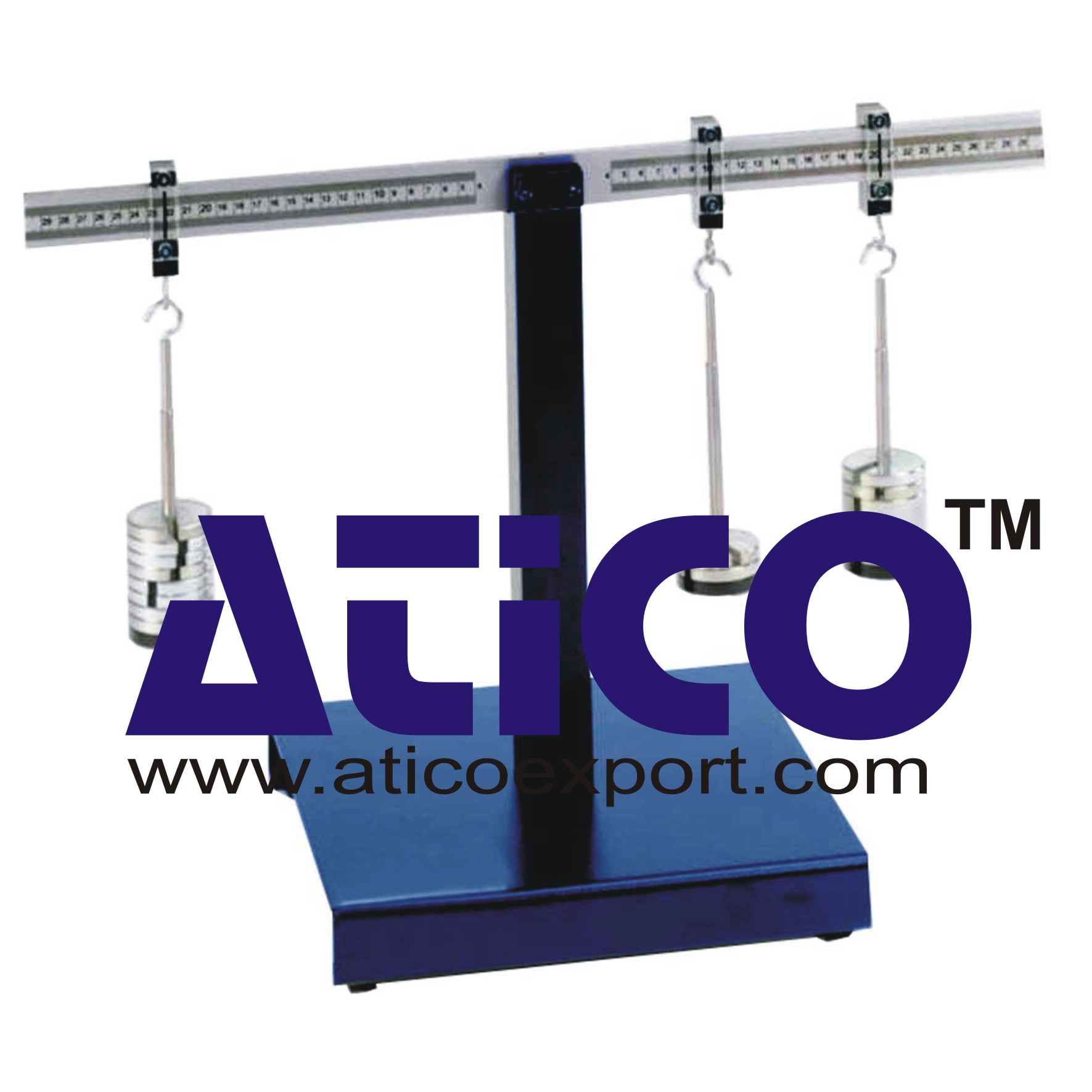Fuel Cell System
Categories: Engineering Lab EquipmentFuel cells are energy converters that, unlike heat engines, convert chemical energy directly into electrical energy. Heat is generated as a by-product during this processThe main component of it is a...
Product
Description
Fuel cells are energy converters that, unlike heat engines, convert chemical energy directly into electrical energy. Heat is generated as a by-product during this process
The main component of it is a polymer-membrane fuel cell which is operated in combined heat and power generation. The system is supplied with high-purity hydrogen from a pressure vessel on the anode side and with oxygen from the ambient air on the cathode side. The fuel cell is operated either current-regulated or voltage-regulated via an integrated electronic load. The setpoint of the electronic load allows a precise adjustment of all operating points and a very accurate recording of characteristics. The technically usable thermal energy is dissipated to the environment via a cooling circuit and can be accounted for via the integrated instrumentation. The water accruing during operation is collected in a water separator. In the fuel cell’s dead-end mode the accruing water is disposed of via a configurable purge valve for hydrogen. The system is operated via a PC.
Learning Objectives/Experiments
Conversion of chemical energy into electrical and thermal energy
Function and design of a fuel cell system
Relationships of fuel cell operating parameters
Effects on the electrical performance of fuel cells
Recording and visualisation of all relevant voltage/current characteristics
Calculation of relevant variables
Features
Water-cooled polymer-membrane fuel cell combined heat and power
Integrated control and monitoring of all operating and safety parameters
Specification
Investigation of a polymer-membrane fuel cell
Water cooled system in combined heat and power
Hydrogen supplied via standard pressure vessel
High-pressure reducing valve for hydrogen pressure vessel supplied
Oxygen supplies directly from the ambient air
Precise adjustment of all operating points via electronic load
Operation without external humidification
Sensors for flow rate, pressure, temperature, voltage and current strength
Complete operation and evaluation via a PC
Technical data
Nominal output: 250W
Thermal power: approx. 400…500W depending on ambient conditions
Required ambient temperature: 5…35°C
Required inlet pressure: 2…200bar
Measuring ranges
flow rate:
0…0,5L/min (cooling water)
0…20sL/min (hydrogen)
0…100sL/min (air)
pressure: 0…500mbar (hydrogen)
temperature:
0…50°C (ambient)
0…70°C (stack)
humidity: 0…100% (ambient)
voltage: 0…40V (stack)
current: 0,1…20A (stack)
230V, 50Hz, 1 phase
230V, 60Hz, 1 phase
120V, 60Hz, 1 phase
quick overview :
Fuel cells are energy converters that, unlike heat engines, convert chemical energy directly into electrical energy. Heat is generated as a by-product during this process
The main component of it is a polymer-membrane fuel cell which is operated in combined heat and power generation. The system is supplied with high-purity hydrogen from a pressure vessel on the anode side and with oxygen from the ambient air on the cathode side. The fuel cell is operated either current-regulated or voltage-regulated via an integrated electronic load. The setpoint of the electronic load allows a precise adjustment of all operating points and a very accurate recording of characteristics. The technically usable thermal energy is dissipated to the environment via a cooling circuit and can be accounted for via the integrated instrumentation. The water accruing during operation is collected in a water separator. In the fuel cell’s dead-end mode the accruing water is disposed of via a configurable purge valve for hydrogen. The system is operated via a PC.
Learning Objectives/Experiments
Conversion of chemical energy into electrical and thermal energy
Function and design of a fuel cell system
Relationships of fuel cell operating parameters
Effects on the electrical performance of fuel cells
Recording and visualisation of all relevant voltage/current characteristics
Calculation of relevant variables
Features
Water-cooled polymer-membrane fuel cell combined heat and power
Integrated control and monitoring of all operating and safety parameters
Specification
Investigation of a polymer-membrane fuel cell
Water cooled system in combined heat and power
Hydrogen supplied via standard pressure vessel
High-pressure reducing valve for hydrogen pressure vessel supplied
Oxygen supplies directly from the ambient air
Precise adjustment of all operating points via electronic load
Operation without external humidification
Sensors for flow rate, pressure, temperature, voltage and current strength
Complete operation and evaluation via a PC
Technical data
Nominal output: 250W
Thermal power: approx. 400…500W depending on ambient conditions
Required ambient temperature: 5…35°C
Required inlet pressure: 2…200bar
Measuring ranges
flow rate:
0…0,5L/min (cooling water)
0…20sL/min (hydrogen)
0…100sL/min (air)
pressure: 0…500mbar (hydrogen)
temperature:
0…50°C (ambient)
0…70°C (stack)
humidity: 0…100% (ambient)
voltage: 0…40V (stack)
current: 0,1…20A (stack)
230V, 50Hz, 1 phase
230V, 60Hz, 1 phase
120V, 60Hz, 1 phase
Product
Reviews
add Review
reviews
No Review Yet.
Copyrights © 2025 All Rights Reserved by Atico














Product
Reviews
add Review
reviews
No Review Yet.